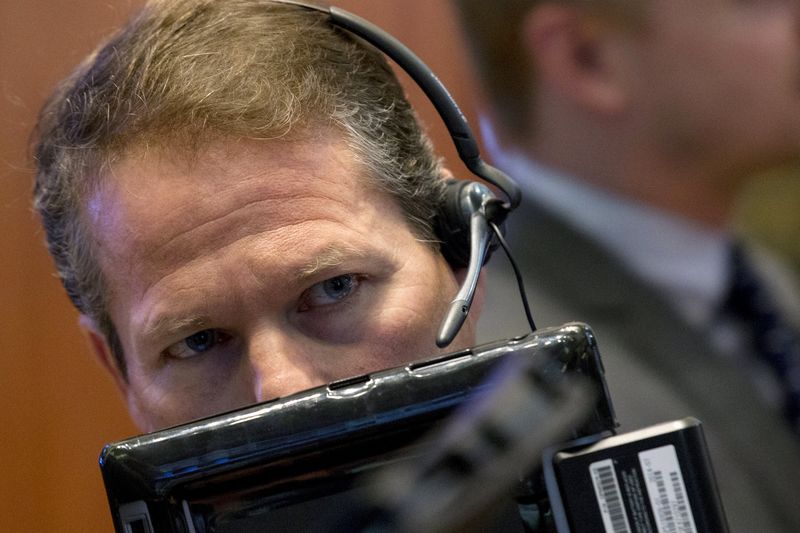At this point, it’s clear that Bitcoin (CRYPTO:BTC) is not the future of money. That’s not to say anything negative about Bitcoin. The coin has played a vital role in growing the crypto ecosystem as a whole, and has served early investors well. Certainly, it can be used as a viable payment option at many businesses worldwide.
But as for it being the future of money, well, that debate has largely been settled. Cryptocurrency in general is certainly being used more and more to power transactions. But if we look at the list of cryptocurrencies with the most transactions, Bitcoin doesn’t even crack the top three. Generally speaking, it seems like cryptocurrencies backed by institutional payment networks are being used more than Bitcoin in the real world. In this article I will explore one such cryptocurrency that is being rapidly adopted by many banks worldwide.
XRP XRP (CRYPTO:XRP) is a cryptocurrency whose blockchain is rapidly being adopted by many of the world’s banks. The Canadian Imperial Bank of Commerce has already started using it, as have banks in Israel and Australia. The banks that are adopting XRP say that the blockchain’s fast speed gives it an advantage in processing global payments. This makes perfect sense. Compared to other cryptocurrencies, XRP offers many more transactions per second. It is already the second-most popular blockchain in terms of daily transactions, and it could get more popular as more banks start using it.
Why it’s so promising XRP is a particularly promising cryptocurrency–or more accurately, blockchain–for several reasons.
First, the Ripple blockchain offers up to 1,500 transactions per second. This is much faster than the average crypto. For comparison, Bitcoin offers just seven transactions per second, while Ether offers 15. This speed gives Ripple an edge when it comes to banking clients, who have an enormous number of clients to serve.
Second, XRP enjoys active support from its developers. Ripple Labs is always doing things to support XRP, like recruiting vendors to accept the token and use RippleNet for cross-border payments. The RippleNet website says that the network uses the XRP token to source liquidity, so while the banks are doing fiat transactions, the XRP token is involved on the back end.
Third and finally, XRP is enjoying a lot of favourable publicity right now. Ripple Labs is being sued by the SEC, and is widely perceived to be winning. News coverage of Ripple’s lawsuit has largely revolved around the SEC’s statements that have undermined its own case, along with the procedural wins Ripple Labs has racked up. This favourable coverage helps improve Ripple’s image as a “winner,” and could lead to more interest from mainstream financial institutions.
Foolish takeaway As we’ve seen, Ripple’s network enjoys a lot of advantages, which has led to it becoming one of the most popular cryptocurrencies for transactions. In terms of real-world use, it has already got Bitcoin beaten. It remains to be seen whether that will translate to gains for XRP. But given that the Ripple Network uses XRP, it seems at least possible.
The post Bitcoin’s Not the Future of Money – But THIS Crypto Could Be! appeared first on The Motley Fool Canada.
Fool contributor Andrew Button has no position in any of the stocks mentioned. The Motley Fool owns and recommends Bitcoin and Ethereum.
